愛媛県大洲市の少彦名(すくなひこな)神社の斜面に『参籠殿(さんろうでん)』という懸け造りの美しい木造建築が建っています。懸造(かけづくり)は、別名 崖造とも呼ばれる通り、崖や急斜面に柱と貫(ぬき)で床下を支える建築様式のことです。1934年(昭和9年)に臥龍山荘を建築した中野虎雄の甥・中野文俊さんによって設計されました。
2014年にワールド・モニュメント財団(World Monuments Fund)によって『危機に瀕している世界のモニュメントリスト(World Monuments Watch)』に登録。
2016年に修復活動が『ユネスコアジア太平洋文化遺産保全賞(UNESCO Asia-Pacific Heritage Awards for Cultural Heritage Conservation)』の最優秀賞を受賞しました。
The Sanro-Den, or private prayer hall, lies within the compound of the Shinto shrine to Sukunahikona in Ōzu on the island of Shikoku. Sukunahikona was an important dwarf deity associated with the creation of Japan and the development of many human arts including that of medicine. Sanro-Den was constructed in 1934 in the sacred precinct, following the traditional kake-zukuri or overhang style. One of few twentieth-century kake-zukuri buildings in Japan, it is almost entirely suspended over a steep slope on a frame of long and slender timber posts.
参籠殿(さんろうでん) 少彦名(すくなひこな)神社
住所:愛媛県大洲市菅田町乙937 [Google Map]
“Sanroden” Sukunahikona shrine
Address : 937 Sugeta town, Ozu city, Ehime pref., Japan [Google Map]
『ユネスコアジア太平洋文化遺産保全賞(UNESCO Asia-Pacific Heritage Awards for Cultural Heritage Conservation)』
3方向がガラス戸に覆われていて開放的な空間。
少
斜面
柱の保存倉庫
Sanro-Den of Sukunahikona Shrine | World Monuments Fund
The Sanro-Den, or private prayer hall, lies within the compound of the Shinto shrine to Sukunahikona in Ōzu on the island of Shikoku. Sukunahikona was an important dwarf deity associated with the creation of Japan and the development of many human arts including that of medicine. Sanro-Den was constructed in 1934 in the sacred precinct, following the traditional kake-zukuri or overhang style. One of few twentieth-century kake-zukuri buildings in Japan, it is almost entirely suspended over a steep slope on a frame of long and slender timber posts. The interior consists of a single large room, glazed on all sides, which was used for religious ceremonies and community gatherings over many decades. When the shrine closed after a gradual decline in the number of Sukunahikona’s followers, the citizens of Ōzu formed a volunteer group with the aim of preserving and maintaining the historic monument.
Community members assist in a successful restoration
Despite the work of the volunteers, Sanro-Den was in poor condition when it was included on the 2014 World Monuments Watch. Water was leaking into the interior of the structure through a failing roof and ceiling, and the floor had partially collapsed. In addition, some of the supporting posts were exhibiting signs of rotting and needed to be replaced. Soon after the announcement of the 2014 Watch, we supported an ongoing restoration project at the site. Conservation work was underway throughout 2014 and included the strengthening of the building’s foundations and the restoration of its posts, beams, roof, ceiling, and floor. Where wood needed to be replaced, cypress was carefully and responsibly sourced from the surrounding area to match the original material as closely as possible. The project also included an evaluation of the building’s seismic resistance and the creation of a medicinal garden on site.
Community involvement was a major aspect of the temple’s restoration. Volunteers assisted in washing 800 roof tiles during the conservation work, and locals attended many special events held at the site. In June 2014, the building played host to the groundbreaking ceremony in accordance with a Shinto ritual which is held to purify Buddhist sites. Two Watch Day celebrations at Sanro-Den, the first in May 2014 and the second in July 2015, provided participants with the opportunity to learn about the Oga-biki, a large traditional saw that was used to process timber for local traditional buildings at the time the temple was built. Attendees were also able to try their hand at cutting wood with the Oga-biki. During the second Watch Day, participants also toured the medicinal garden.
The project was completed in 2015 after improvements to the visitors’ trails and facilities were made. The local community will continue to be involved at Sanro-Den, as new uses for the temple include a cultural exchange center, a heritage tour location, and a private event space. The project also expanded knowledge of kake-zukuri architecture, both ancient and modern. Advocates are hopeful that the success of the restoration might provide the impetus for the preservation of the other monuments in the compound.
Since the Watch
In May 2016, Sanro-Den received official designation as an Ozu City Cultural Property, becoming one of seven structures in the city with such recognition. Under Japanese national law, prefectural and municipal governments can enact local ordinances to protect sites and intangible heritage; those with significant historical or artistic value are designated as cultural properties. This designation will help ensure sustainable preservation at Sanro-Den, as designation allows for subsidized restoration and maintenance, with the provision that no modifications may be made without government approval. Additionally, the designation may result in increased tourism, bringing economic benefits to the community. In September 2016, the project to restore Sanro-Den received the Award of Excellence in UNESCO’s annual Asia-Pacific Awards for Cultural Heritage Conservation. The project was recognized as an exceptional example of community stewardship in heritage conservation.
BANGKOK, 1 September 2016 — The Restoration of the Sanro-Den Hall at Sukunahikona Shrine in Ozu City, Ehime Prefecture, has received the Award of Excellence in this year’s UNESCO Asia-Pacific Awards for Cultural Heritage Conservation.
A total of 13 winning projects from six countries – Australia, China, India, Iran, Japan and Pakistan – have been recognized in this year’s Heritage Awards. A panel of international conservation experts met in Bangkok to review the 40 Heritage Awards entries, including 34 in the Conservation category and six for New Design.
Duong Bich Hanh, Chair of the Jury and Chief of UNESCO Bangkok’s Culture Unit, said she was pleased to see the Heritage Awards encourage good conservation practices in the region. “Jury members were delighted with the quality of this year’s entries to the Heritage Awards,” Ms. Hanh said. “This showed increased knowledge and higher standards in conservation work across Asia-Pacific.”.
This year’s Award of Excellence winner, the Sanro-Den Hall, a prayer hall at Sukunahikona Shrine in Ozu City, Ehime Prefecture, is an exceptional example of community stewardship enlisted in the conservation of a heritage site of unique architectural and cultural value. The project epitomizes the efficacy of grass-roots advocacy, coupled with traditional building practices, in extending the life of distinctive 20th-century Kakezukuri structure, successfully returning it to a central place in the cultural life of the local community.
Jury members also agreed to revise the regulations regarding how old a site must be to be eligible for the awards, reflecting a growing awareness in the conservation field of the importance of recognizing cultural heritage that is less than 50 years old, which is in growing danger. The revised regulations will be available via the UNESCO Bangkok website at the end of this year, and will be applied to entries submitted for next year’s awards.
参籠殿(さんろうでん) 少彦名(すくなひこな)神社
住所:愛媛県大洲市菅田町乙937 [Google Map]
“Sanroden” Sukunahikona shrine
Address : 937 Sugeta town, Ozu city, Ehime pref., Japan [Google Map]
少彦名神社参籠殿(すくなひこな じんじゃ さんろうでん)1棟
附 棟札及び板図(つけたり むなふだ および いたず)少彦名神社は、昭和3(1928)年、少彦名命(日本神話の神)の終焉とされる地を崇敬するために計画された神社です。
参籠殿は、現存する棟札から昭和9(1934)年に棟上げされたことがわかります。参道沿いの北斜面に三方懸けで建てられており、床面積の約9割にあたる部分が山崖に迫り出しています。これは、市内に遺る懸造り建造物(臥龍山荘・不老庵、如法寺・毘沙門堂)のなかで最大規模になります。懸造りには、伝統的な貫工法のほか、金属ボルトの使用といった近代的技術も積極的に取り入れられています。また、上部の平屋部分はガラス戸が3面にわたって巡り、開放的な室内空間を演出しています。
少彦名神社(すくなひこな じんじゃ) 参籠殿(さんろうでん)
大洲市指定有形文化財(建造物)
少彦名神社は、1928年(昭和3年)に地元有志により結成された梁瀬神社奉賛会によって建設された神社である。参籠殿内に残る寄付者名簿には、旧大洲藩主加藤家をはじめ、朝鮮半島での建築業で名を馳せた多田順三郎、マニラで貿易を営んだ松井國五郎などの大洲出身者のほか、木蝋に携わった村上長次郎、荘三など地元有力者などの名前も見え、当時繁盛していた養蚕、製糸、木蝋、貿易業に携わっていた人々によって支えられ造営されたことがわかる。
参籠殿は、1934年(昭和9年)臥龍山荘を建築した中野虎雄の甥・中野文俊によって設計され、神社の参道途中の傾斜面に「懸け造り(かけづくり)」と呼ばれる特徴的な工法で建築された建造物である。懸け造り部分には、伝統的な貫工法(ぬきこうほう)のほかに金属ボルトの使用といった近代的技術も積極的に取り入れられている。また、上部の平屋部分はガラス戸が3面に連続して巡らされるなど、開放的な空間を演出している。
参籠殿は、床の約9割が傾斜面に張り出したうえ、柱が長いところで13mにも及び、市内に残る懸け造りの中でも最大規模を誇る建造物である。
大洲市教育委員会
指定年月日:2016年(平成28年)5月23日
少彦名神社(すくなひこなじんじゃ)は愛媛県大洲市菅田町大竹乙937番地2にある神社。同じ菅田町菅田にも同名の神社が存在する。少彦名神社参籠殿はワールド・モニュメント財団によって2014年版「危機に瀕している世界のモニュメントリスト」に登録された。参籠殿修復活動はユネスコアジア太平洋文化遺産保全賞の2016年最優秀賞を受賞した。
祭神:少彦名命(すくなひこのみこと)
歴史:
1441年:(永享13年/嘉吉1年)宇都宮次郎太郎、少彦名神社へ扁額『少比古廟』を奉納
1583年:(天正11年)正岡宮内大輔、少彦名神社を再興
1934年:参籠殿建築される
2013年:ワールド・モニュメント財団によって2014年版「危機に瀕している世界のモニュメントリスト」に登録
2014年6月4日:本格修復始まる。
2015年3月7日:参籠殿本体の修復工事を終え、竣工式を行う。
2016年5月30日:参籠殿一棟(附 棟札及び板図)が市指定有形文化財に指定
2016年9月1日:参籠殿修復活動がユネスコアジア太平洋文化遺産保全賞の2016年最優秀賞を受賞祭礼:
4月15日 – 春の大祭
10月15日 – 秋の例大祭

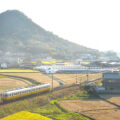
![【高知】魚を守る道、アイスハーバー型らせん魚道 – [Kochi] Ice Harbor type spiral fishway](https://yousakana.jp/wp-content/uploads/wordpress-popular-posts/50244-featured-120x120.jpeg)

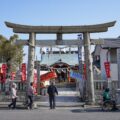
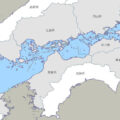


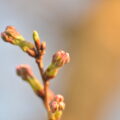

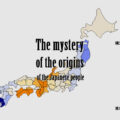
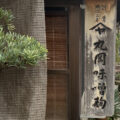



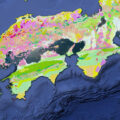
![【香川】春日川の川市 – [Kagawa] River market of Kasuga river](https://yousakana.jp/wp-content/uploads/wordpress-popular-posts/49605-featured-120x120.jpeg)

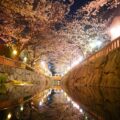

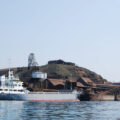

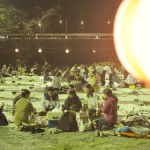
![【愛媛】1200年以上前の物語を残す伊予灘に浮かぶ『綱掛岩』 – [Ehime] Tsunakakeiwa Rock, Mishima shrine](https://yousakana.jp/wp-content/uploads/2020/09/Tsunakakeiwa-Rock-150x150.jpg)
![【愛媛】川辺の緑化建築『新谷菖蒲園』 – [Ehime] Riverside greening architecture ‘Shintani Iris Garden’.](https://yousakana.jp/wp-content/uploads/2021/11/Ehime_Niiya-Iris-Garden-150x150.jpeg)
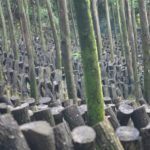
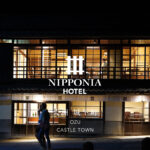
![【全国初 泊まれる城】大洲城 – [Ehime] You can stay Ozu Castle](https://yousakana.jp/wp-content/uploads/2020/07/Ozu-Castle-150x150.jpg)
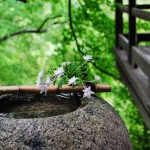

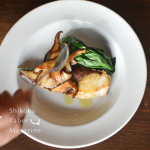
![【愛媛 国の登録有形文化財】浦辺鎮太郎さん設計『西条栄光教会』クリスマス – [Ehime / National Tangible Cultural Property] Saijo Eiko Church](https://yousakana.jp/wp-content/uploads/2021/11/Saijo-Eiko-Church-150x150.jpeg)
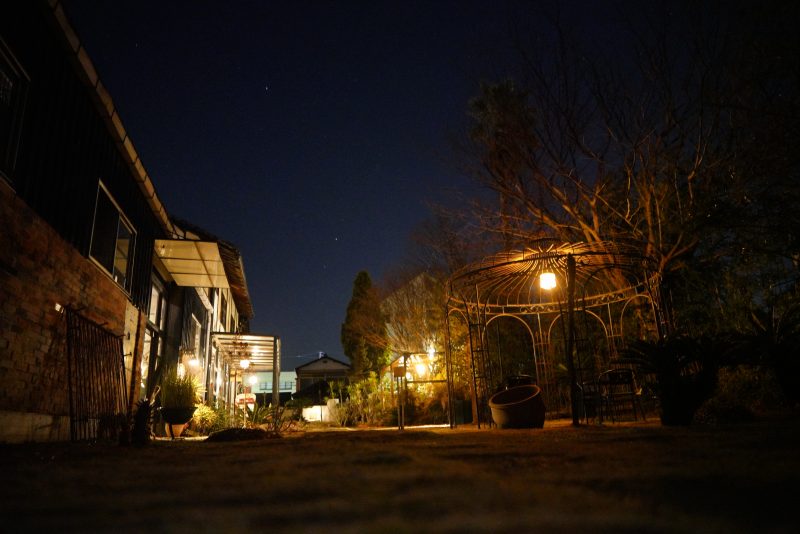
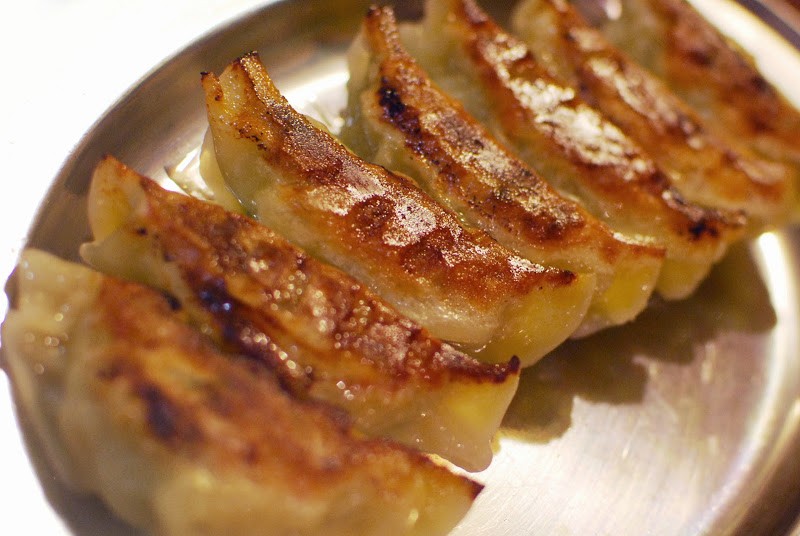
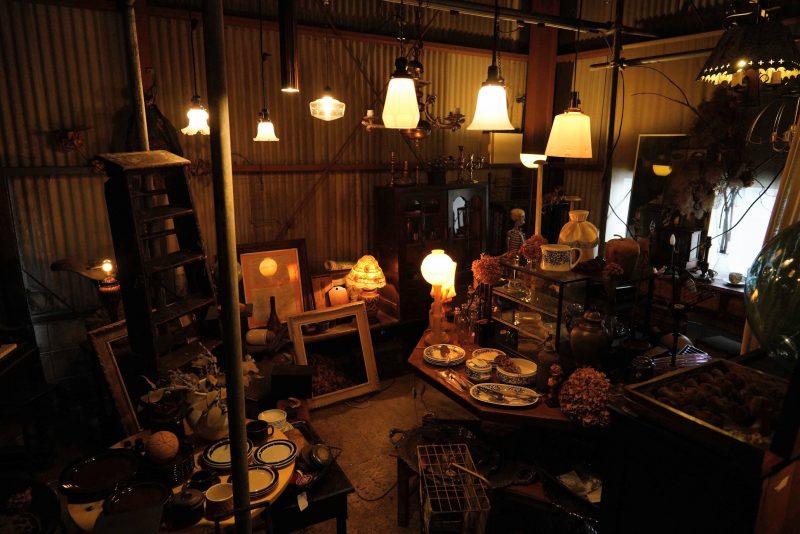
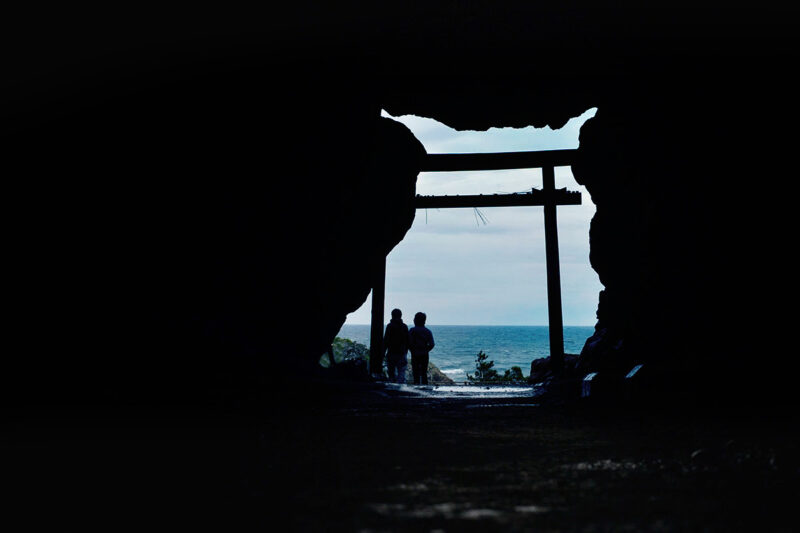
![【香川 4/29公開 古墳の日】王墓山古墳(おうはかやまこふん) – [Kagawa 29 Apr Open to the public Kofun Day] Ohakayama burial mound](https://yousakana.jp/wp-content/uploads/2022/04/Ohakayama-burial-mound-02-800x533.jpg)
![【愛媛】産直市で食べられるフルーツたっぷりケーキ 『さいさいきて屋』 – [Ehime] Fruit cakes of the market “Saisai kiteya”](https://yousakana.jp/wp-content/uploads/2015/09/DSC_0833-800x536.jpg)
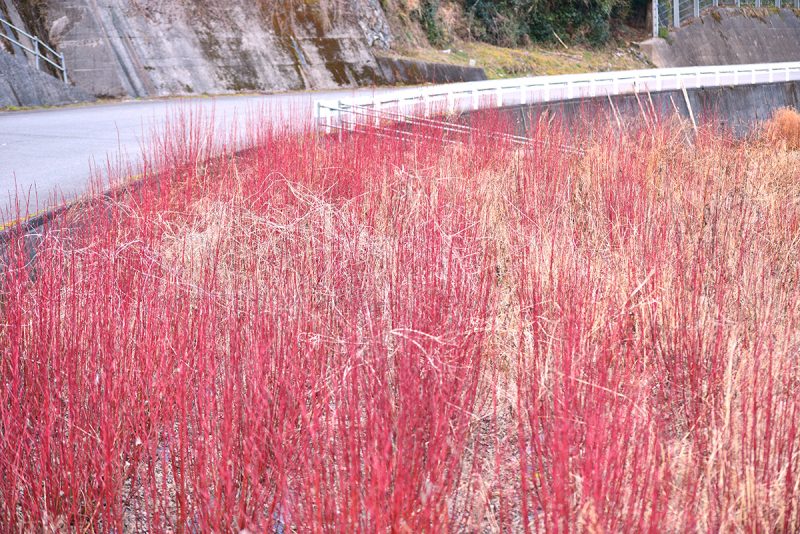
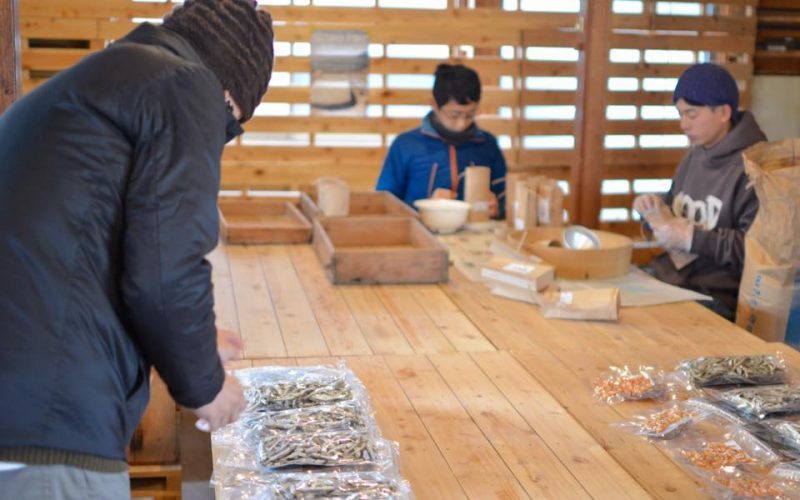
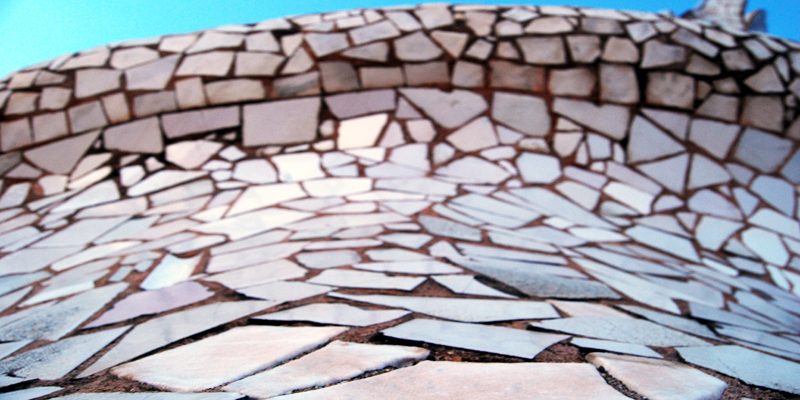
![【香川 9/14】水の恵みと豊作に感謝するひょうきんな祭り『ひょうげ祭り』 – [Kagawa 14 Sep.] “Hyoge Matsuri”, the local humorous festival](https://yousakana.jp/wp-content/uploads/2019/09/hyoge-festival-1-800x533.jpg)
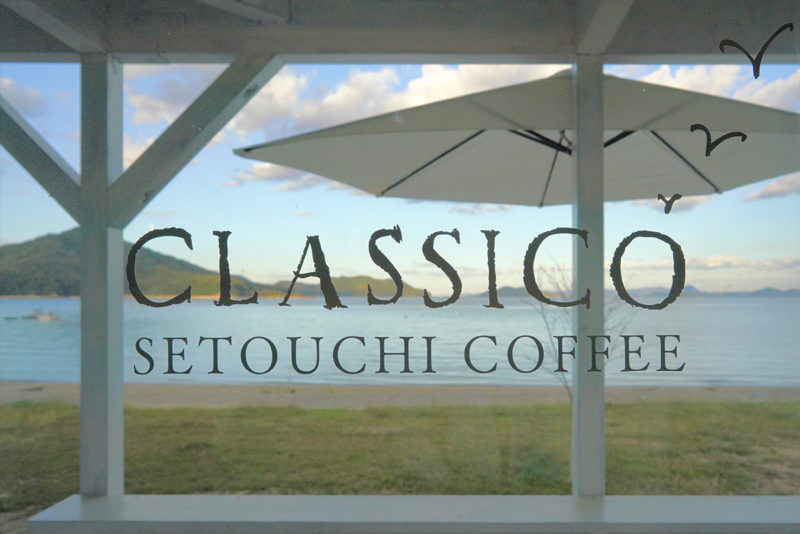
![【香川県指定民俗文化財】白鳥神社の虎獅子『虎頭の舞』 – [Kagawa] The Tiger Dance of Shirotori shrine](https://yousakana.jp/wp-content/uploads/2021/10/Lion-Dance-of-Shirotori-shrine-800x533.jpeg)
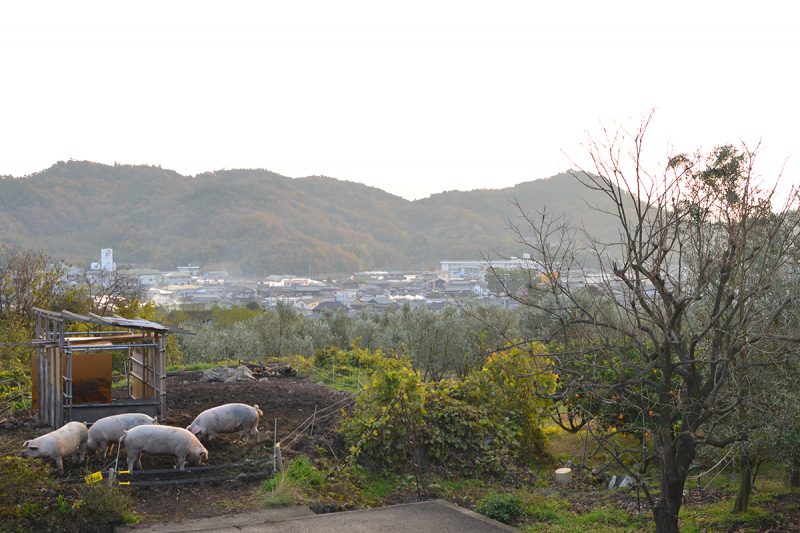
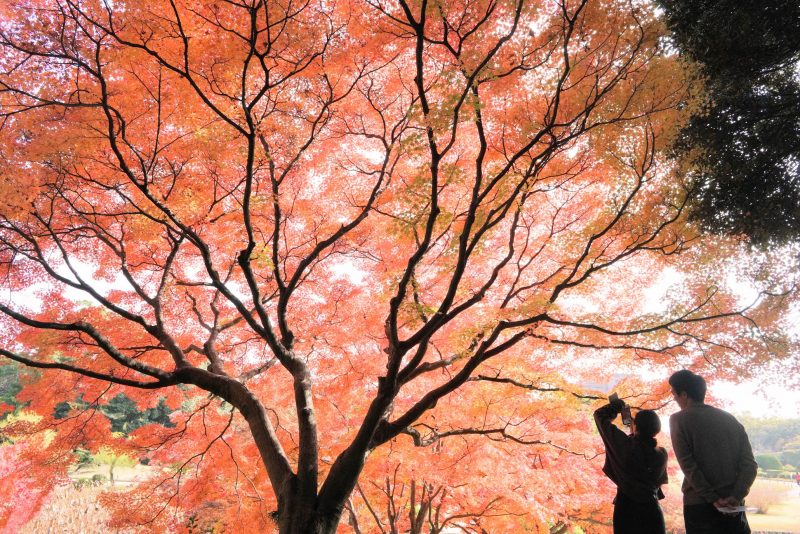
![【香川】浦島伝説が残る荘内半島の花畑『フラワーパーク浦島』 – [Kagawa] Flower park Urashima](https://yousakana.jp/wp-content/uploads/2025/05/urashima-flower-park-800x534.jpg)
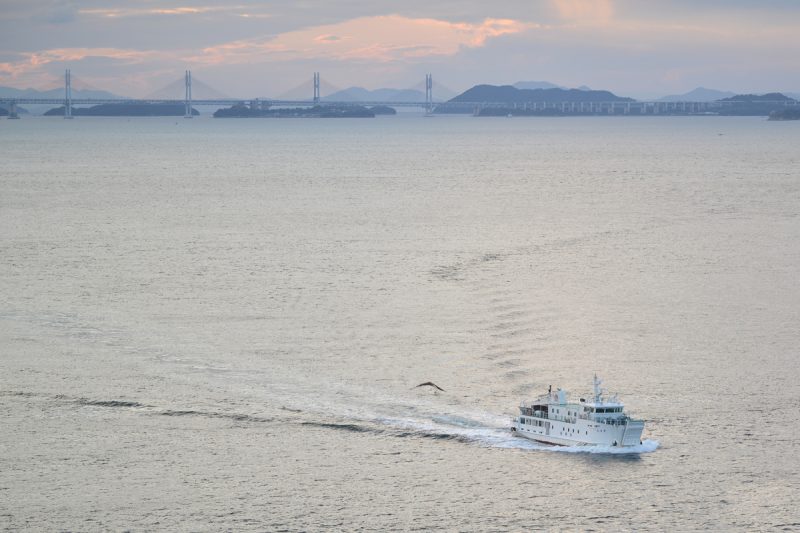
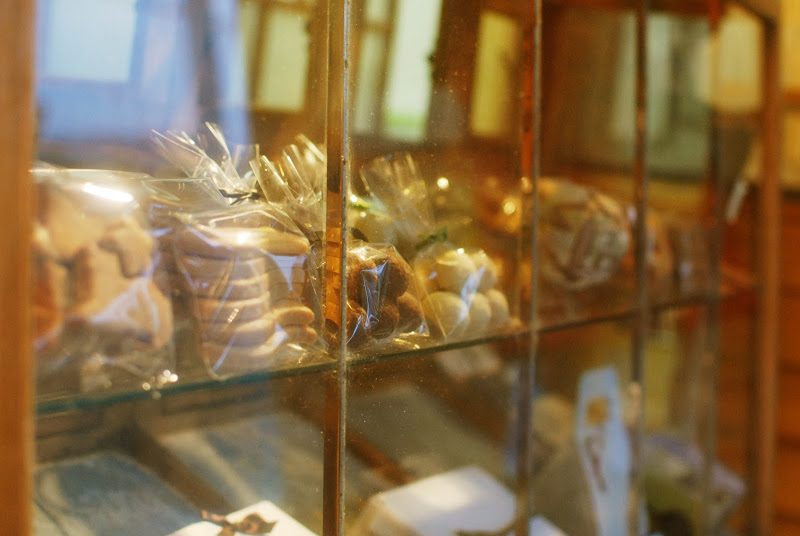
![【香川 3月中旬】堀池のしだれ桜 – [Kagawa Mid-March.] Weeping cherry of Horike](https://yousakana.jp/wp-content/uploads/2021/03/Panorama_sakura_horike-800x533.jpg)
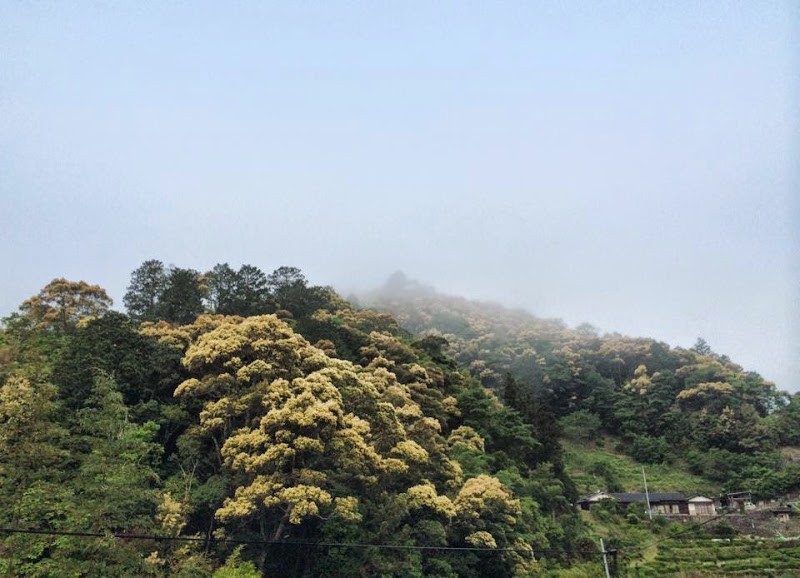
![【小豆島 7/5】虫送り、江戸時代から島に伝わる行事 – [Shodoshima island 5 July] The torch procession at island](https://yousakana.jp/wp-content/uploads/2023/06/mushiokuri-shodoshima-island-800x450.jpeg)
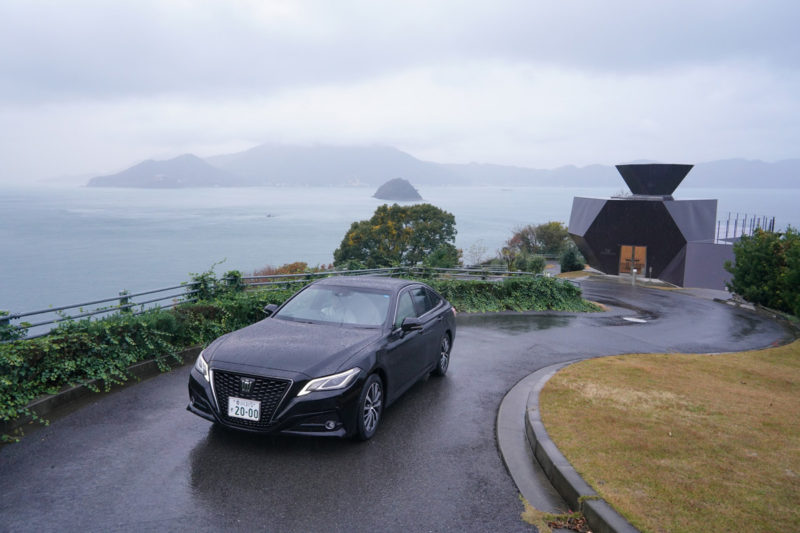
![【愛媛】宇和島の牛鬼。秋祭り – [Ehime] Autumn festival at Uwajima city, Ehime pref.](https://yousakana.jp/wp-content/uploads/2019/10/Ushioni_Uwajima.jpg)
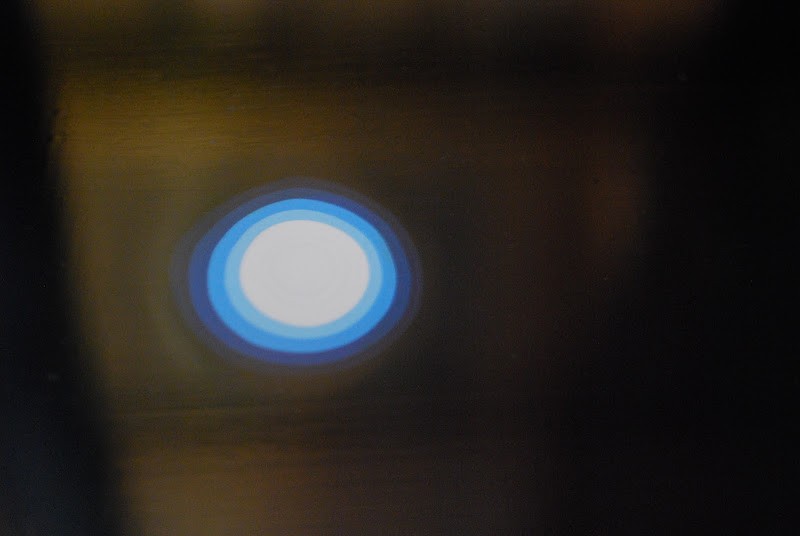
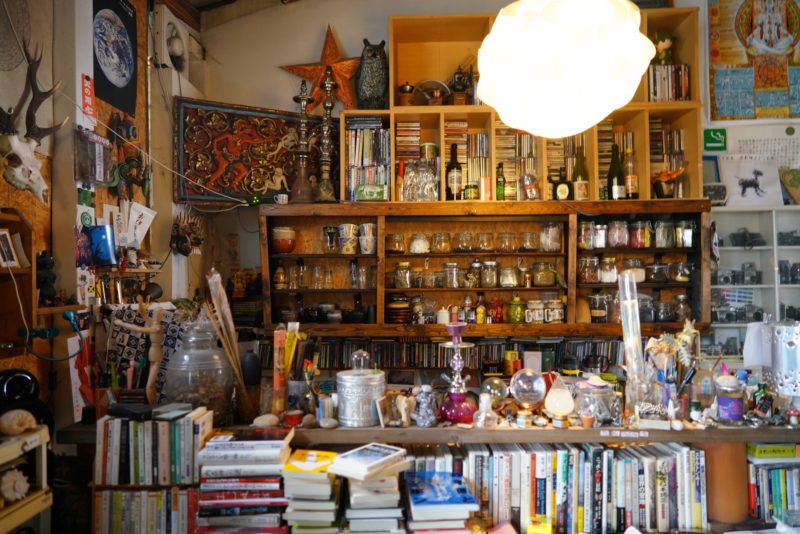
![【徳島】日本三奇橋・国指定重要有形民俗文化財『祖谷のかずら橋』 – [Tokushima] Important Tangible Folk Cultural Properties “Iya Vine Bridge”](https://yousakana.jp/wp-content/uploads/2012/02/Iya-Vine-Bridge.jpg)
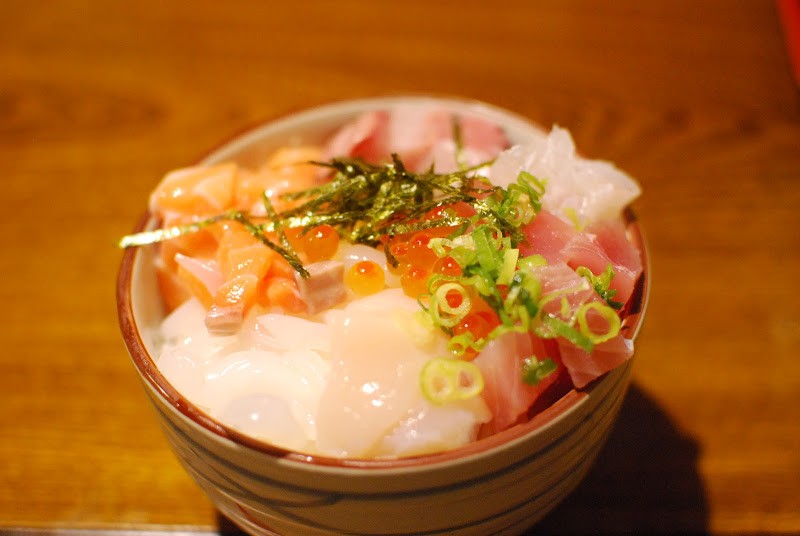
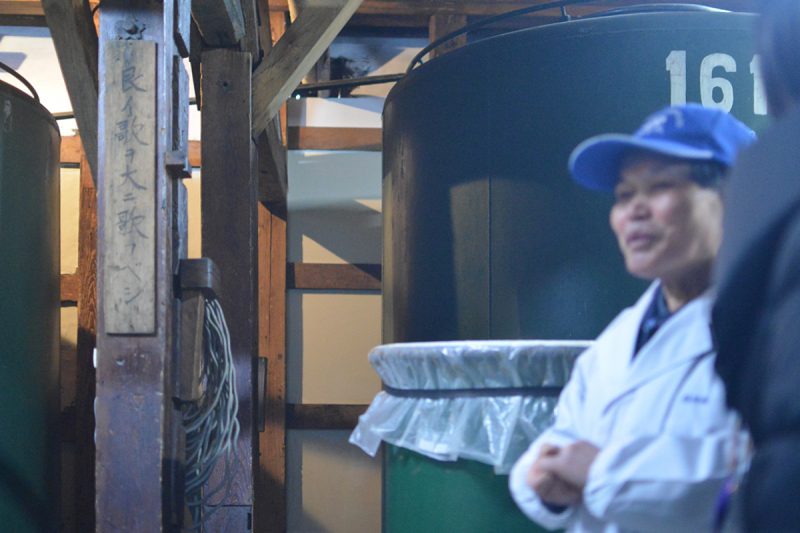
![【5/27生まれ】那須与一のコボちゃん。香川育ちの漫画家・植田まさしさん – [Born 27 May] Kobo-chan, Nasu Yoichi. Masashi Ueda, manga artist who grew up in Kagawa.](https://yousakana.jp/wp-content/uploads/2023/05/kobochan_stone-museum-800x600.jpeg)
![【香川 4/20】アスパラ大騒ぎ 2025 – [Kagawa Apr. 20] Aspara Osawagi 2025](https://yousakana.jp/wp-content/uploads/2025/04/aspara2025_eyecatch-800x533.jpg)

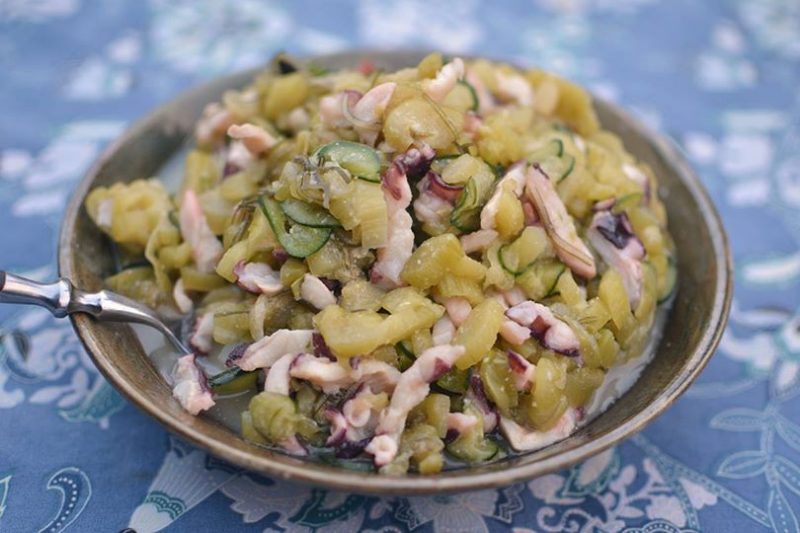
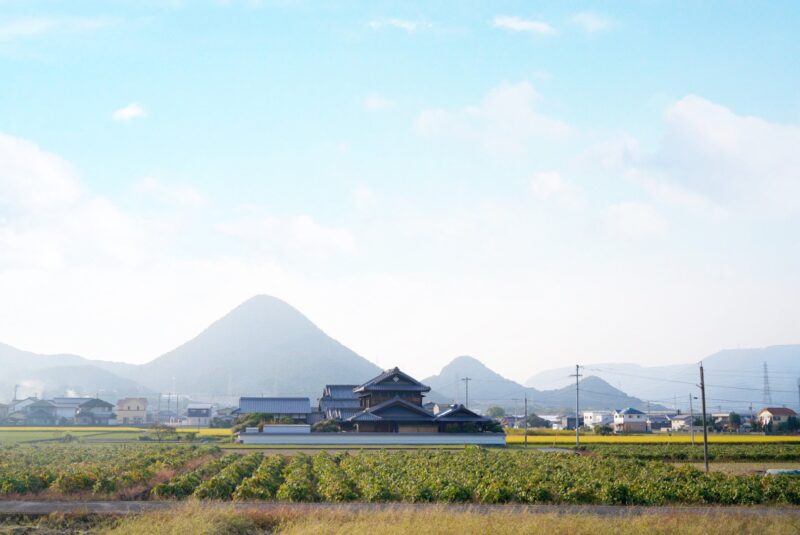

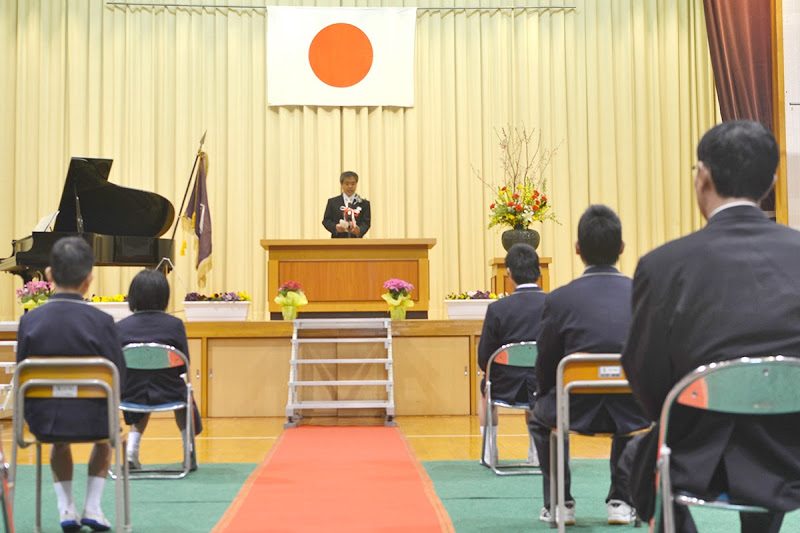
![【徳島 3月下旬~5月末迄】鯉のぼり 秘境大歩危峡を泳ぐ – [Tokushima March-May]The carp streamers of Iya valley](https://yousakana.jp/wp-content/uploads/2018/05/iya-koinobori-800x536.jpg)
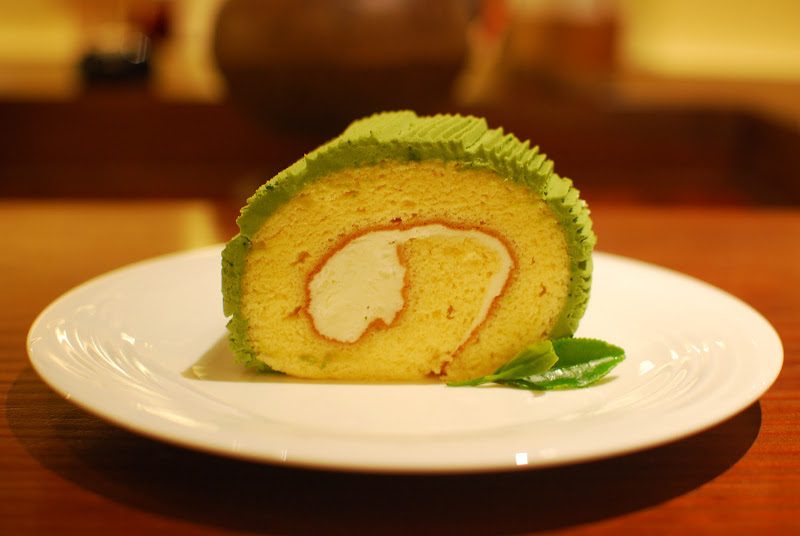
![【香川】ダブルダイヤモンド讃岐富士 – [Kagawa] Double Diamond Mt. Sanukifuji](https://yousakana.jp/wp-content/uploads/2021/08/Double-Diamond-Mt.-Sanukifuji-800x533.jpg)
![【香川】豊中町水源地の給水塔 – [Kagawa] Toyonaka Town Water Tower](https://yousakana.jp/wp-content/uploads/2021/12/Toyonaka-Town-Water-Tower-800x534.jpeg)
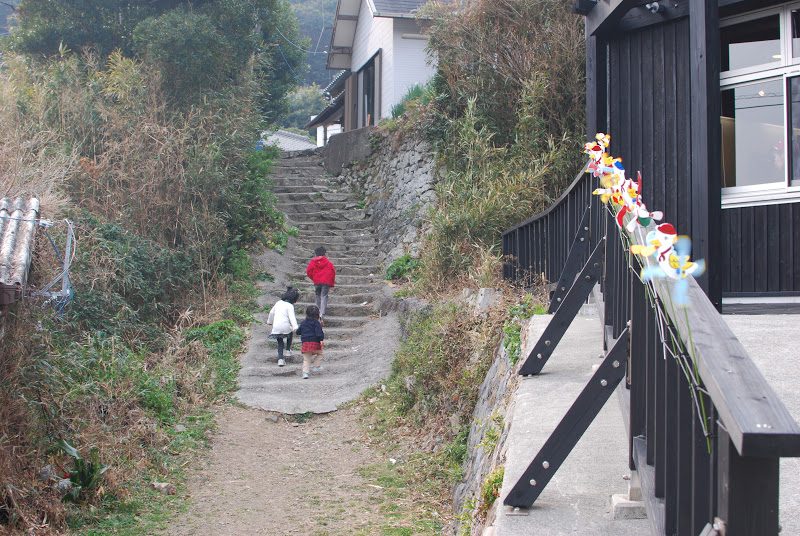
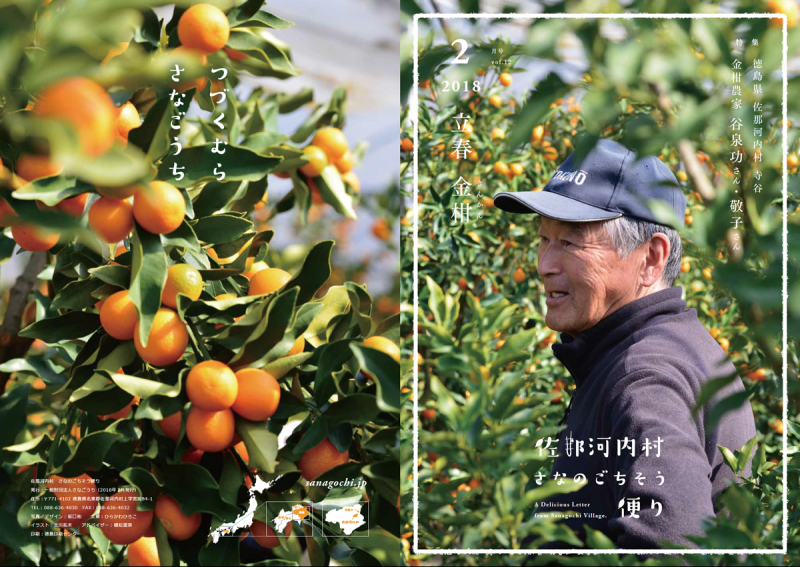
![【高知】「何不(なぜしないのか)」日本最古級の文章が出土か『若宮ノ東遺跡』 – [Kochi] ‘Why not?’ Japan’s oldest writing discovered at Wakamiya-no-Higashi Ruins](https://yousakana.jp/wp-content/uploads/2025/07/wakamiyanohigashi-ruin_kochi-800x533.jpg)
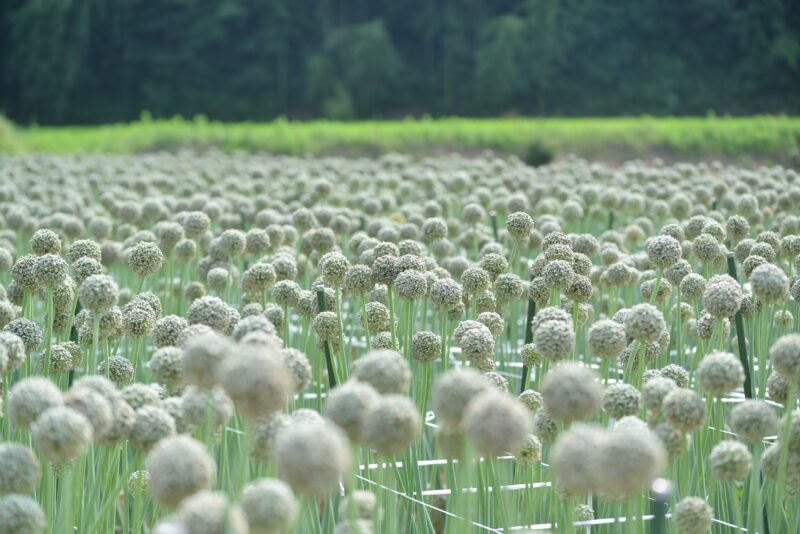
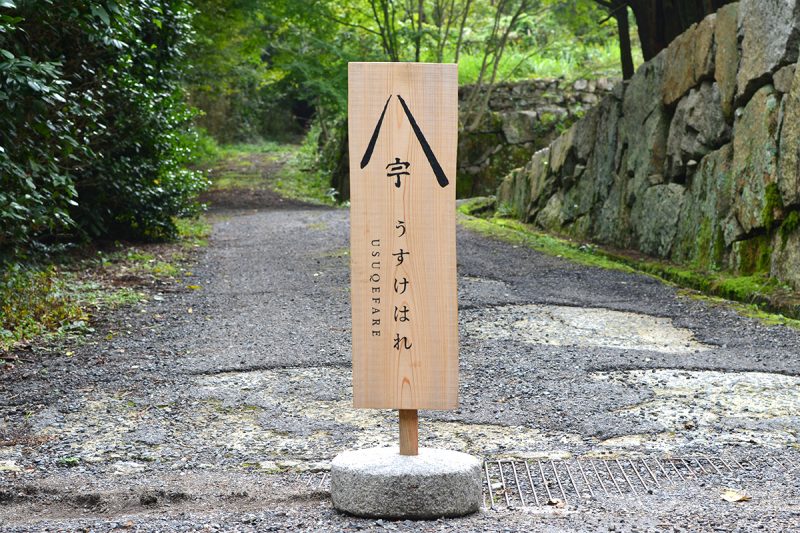
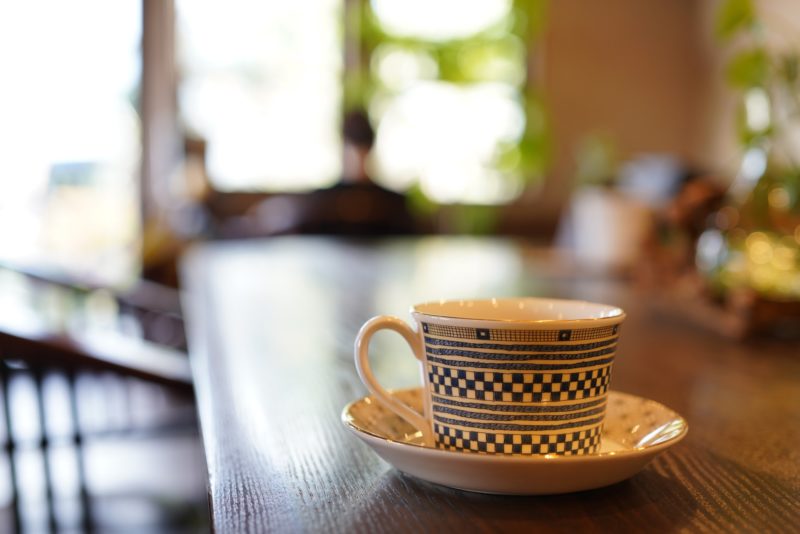
![【香川 / 伊藤若冲】塩飽大工最後の家。本島・吉田邸 – [Kagawa / Jakuchu Ito] Yoshida House of Honjima island](https://yousakana.jp/wp-content/uploads/2018/10/yoshida-house-honjima-island-1-800x534.jpg)
![【香川】当たり前のものが当たり前に美味しい。丁寧で美味しいご飯『Nöra(ノラ)』 – [Kagawa] Delicious Cuisine and tea “Nora”](https://yousakana.jp/wp-content/uploads/2021/12/nora_restaurant_cafe_busshozan_kagawa-800x534.jpeg)
![【香川 秋冬限定】オリーブハマチ丼 – [Kagawa Olive Hamachi season] Rice bowl topped with Olive Hamachi (yellow-tail)](https://yousakana.jp/wp-content/uploads/2020/09/Olive-Hamachi-800x534.jpg)
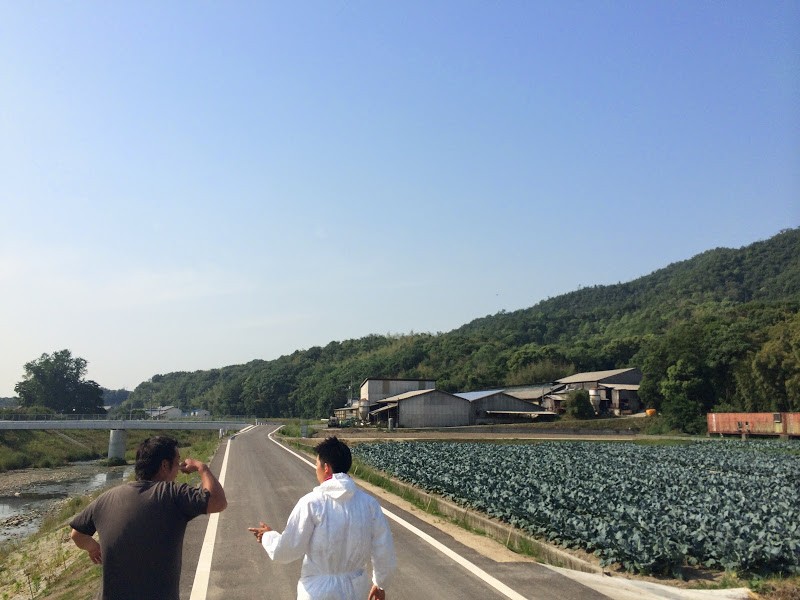
![【愛媛 10/11-17】屋台が川を渡る幻想的な西条祭り 伊曽乃神社の宮入り – [Ehime 11-17 Oct.] Isono Shrine Saijo Festival](https://yousakana.jp/wp-content/uploads/2022/10/saijo-festival_ehime-1-800x533.jpg)
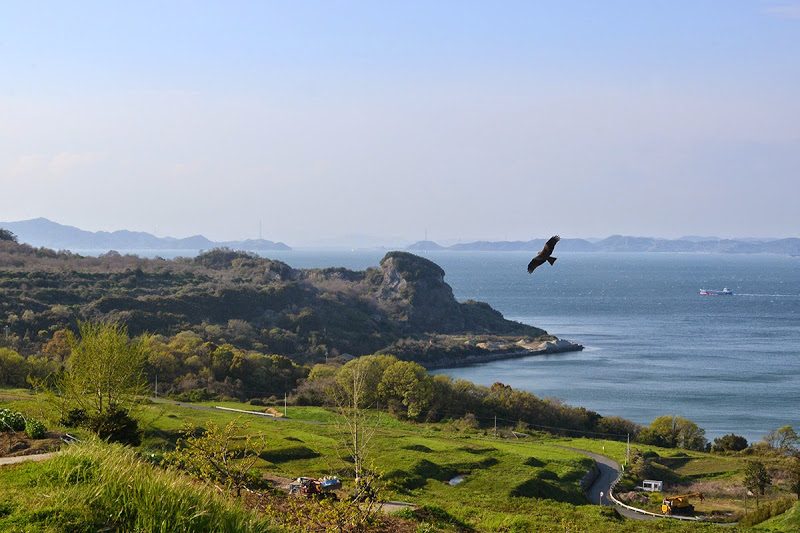

![【香川】仏生山のスパイス系カレー『ヒッカリー』 – [Kagawa] Spicy curry “hiccurry” at Busshozan](https://yousakana.jp/wp-content/uploads/2019/11/hiccurry_curry-busshozan-800x534.jpg)
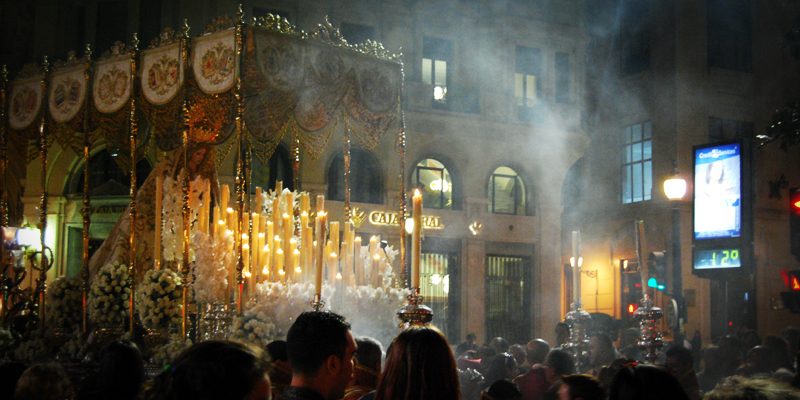
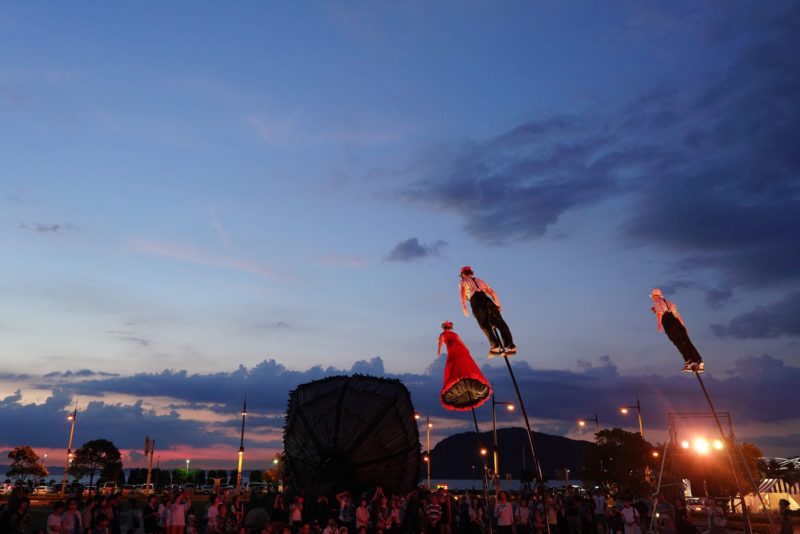
![【愛媛 国の登録有形文化財】浦辺鎮太郎さん設計『西条栄光教会』クリスマス – [Ehime / National Tangible Cultural Property] Saijo Eiko Church](https://yousakana.jp/wp-content/uploads/2021/11/Saijo-Eiko-Church-800x534.jpeg)

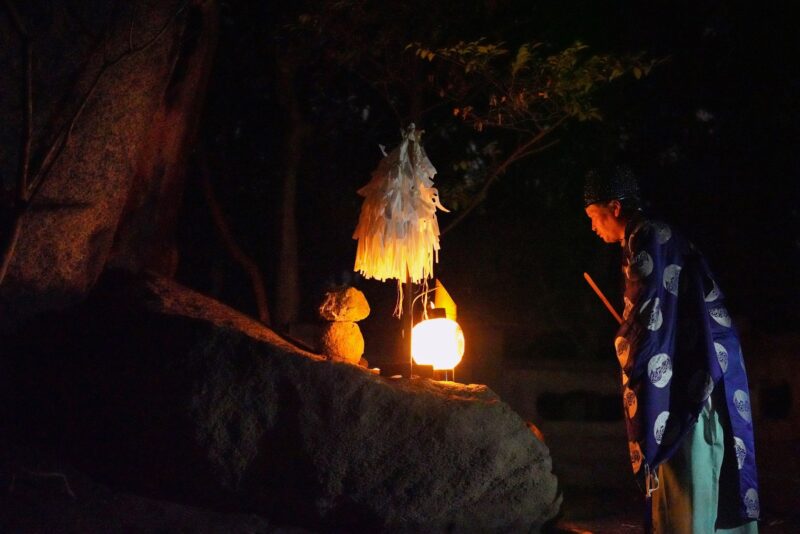
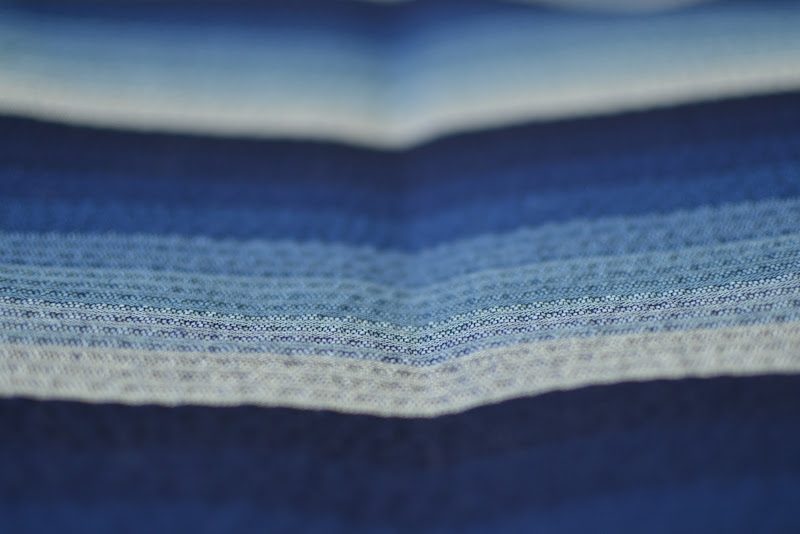
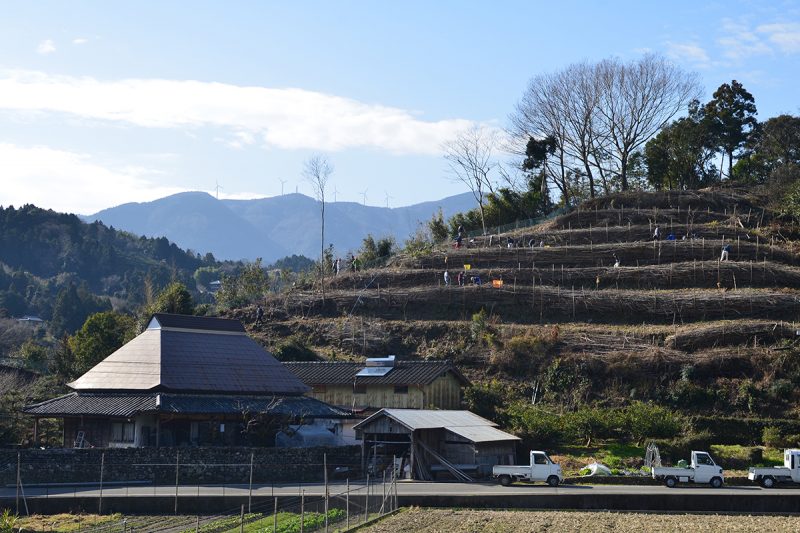
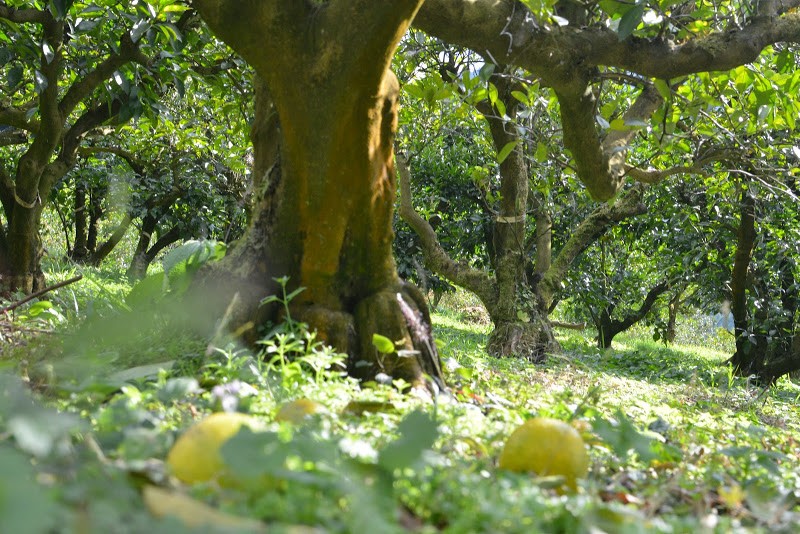

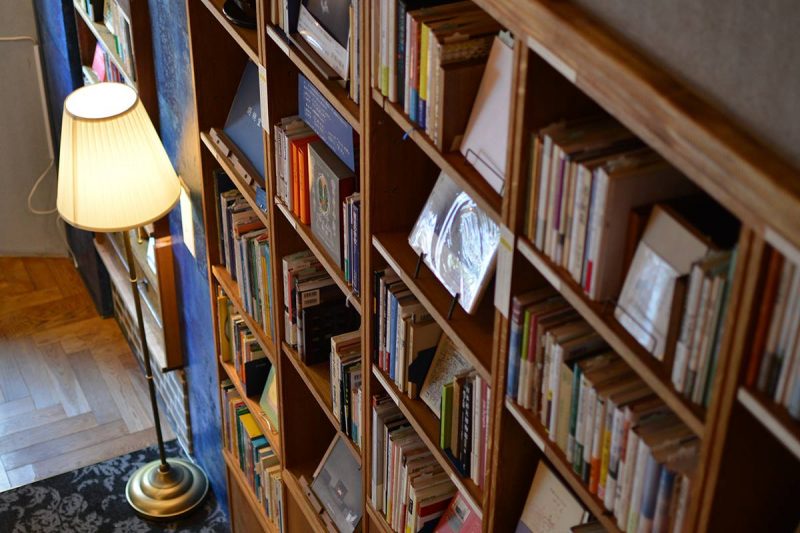
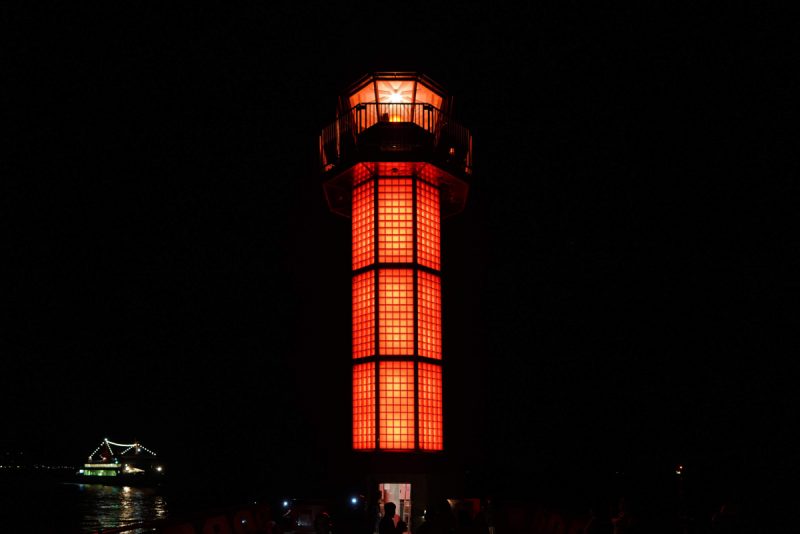
![【徳島】徳島県唯一の渡船『長原渡船(ながはらわたしぶね)』 – [Tokushima] Nagahara ferryboat](https://yousakana.jp/wp-content/uploads/2021/06/nagahara-ferry-boat-800x533.jpg)
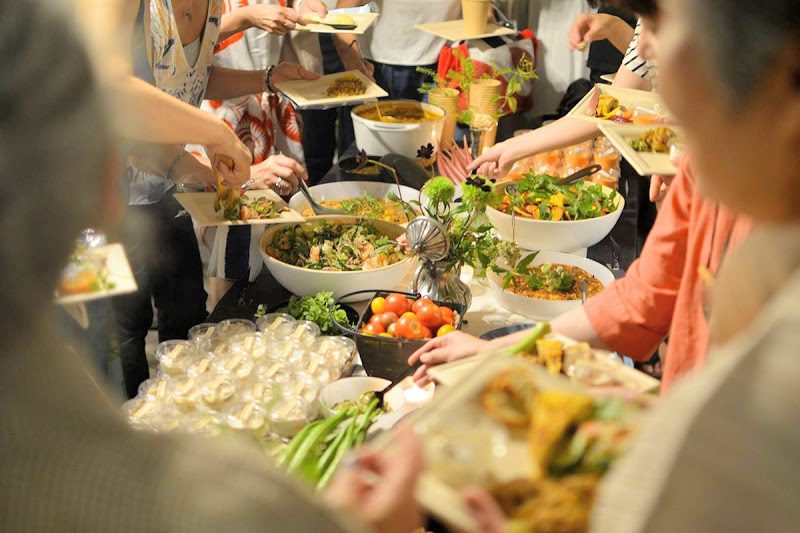
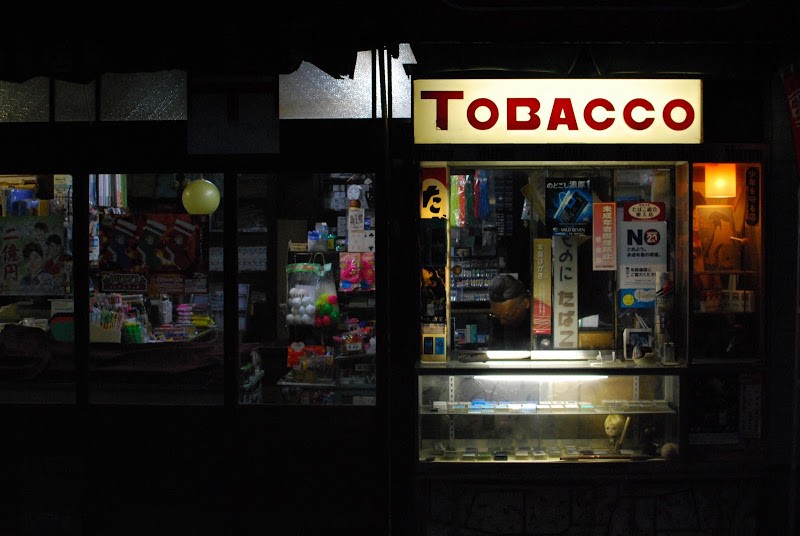
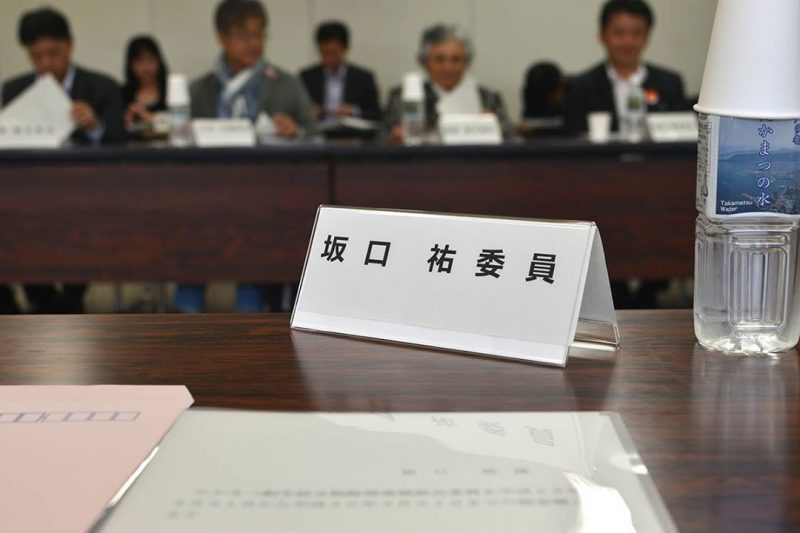

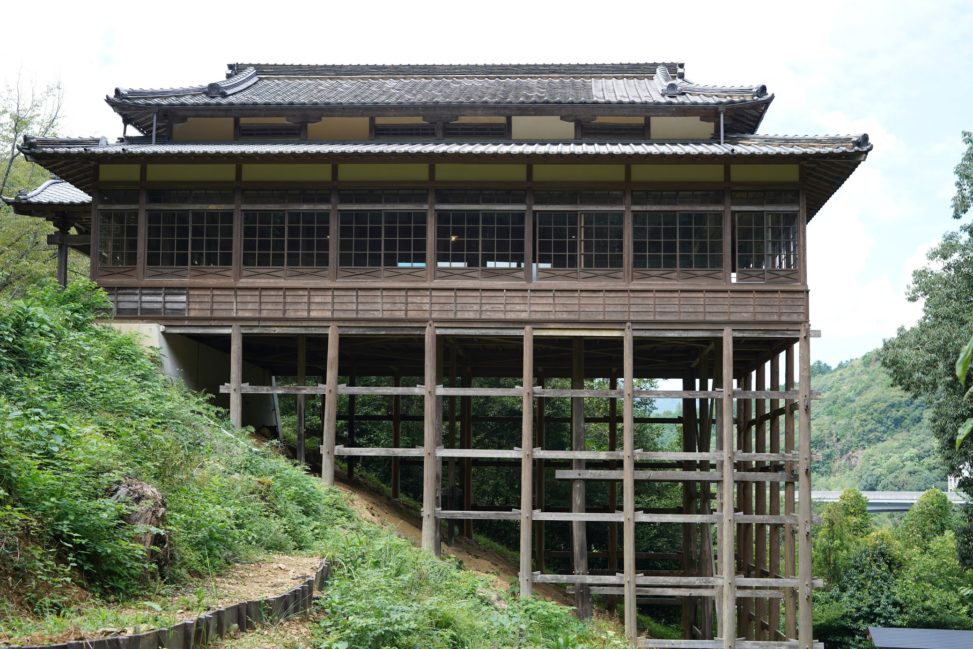
コメントを残す